If you have missing teeth, you may be reluctant to share your smile with friends, family, and colleagues. Gaps in your smile harm more than your self-esteem; they also impact your oral health. Left untreated, missing teeth can lead to tooth misalignment, which can cause tooth decay and gum disease, leading to even more tooth loss.
Missing teeth can also cause bone deterioration, impacting your facial structure and limiting your ability to chew and speak. Dental implants stimulate bone tissue to maintain your jawbone structure.
Dental implants can also withstand intense bite force, allowing you to enjoy your favourite foods and speak normally. Learn what to expect from your dental implant before and after the procedure.
Dental Implant Before and After: What to Expect
Dental implant procedures are completed in several stages. Before your dental implant surgery, you’ll visit your dentist for an initial consultation to determine whether you are suitable for dental implants.
Initial consultation
During your initial consultation, your dentist manually examines your teeth and gums to check for cavities and signs of gum disease. They also perform X-rays and a CT scan to gain an in-depth view of your jawbone density and gum health. These diagnostic tools help your dentist develop a treatment plan and determine if you need any preparatory surgeries before placing the dental implant.
If you have insufficient jawbone density, your dentist may prescribe bone graft surgery to increase bone mass in your jaw. The healing process can take between three and nine months, depending on the type of graft, the location of the graft site, and your immune system.
If you require dental implants in the upper maxillary dental arch, your dentist may find that your jawbone underneath the missing tooth socket is not thick enough to support an implant post. In this case, you may need a sinus lift which involves raising the sinus membrane and placing a bone graft. A sinus lift may take up to six months to fully integrate the bone with your jaw.
Dental implant placement
Dental implant placement is a surgical outpatient procedure where your dentist embeds a small titanium implant post in your jaw. This biocompatible post mimics your natural tooth root and provides an anchor for the dental crown, dental bridge or another prosthesis. At Toothsome, we use two different techniques for placing implant posts.
The first option involves incising the gum tissue over the dental implant site to expose the bone. After administering a local anaesthetic, your dentist drills a small hole in the jaw and screws the implant post in place. The gum is then sutured closed over the top of the implant.
You also have the option of conscious sedation or general anaesthesia if you experience dental anxiety.
The second option is known as flapless keyhole surgery. With this method, your dentist uses a guiding template to position the dental implant and then punches it through the gum tissue, eliminating the need for an incision. Flapless surgery requires less operational time and facilitates accelerated healing. In some cases, the abutment can be placed in the same session with flapless surgery, eliminating the need for a second surgery.
Recovery period
Although you may be able to have the dental restoration placed on the same day, in most cases, your jaw needs to heal for six to eight weeks before placing a crown, bridge, or denture.
The recovery time is crucial for osseointegration. This process allows the titanium post to fuse with the jawbone tissue, providing a firm foundation for the restoration. A successfully integrated dental implant can last a lifetime with a good oral hygiene routine and regular dental check-ups.
Placing the restoration
If you have had standard dental implant surgery, you’ll need an additional procedure before the restoration is placed. Your dentist needs to fit an abutment that connects the dental implant post to the restoration. Your dentist opens the gum tissue to expose the implant, place the abutment, then closes the gum tissue around the site.
Dental Implant Before and After: Caring for Your Dental Implants
After receiving dental implants, it is crucial to care for them properly to reduce the risk of infection, such as peri-implantitis and implant failure.

A 2017 retrospective study found that dental implants have a 90-95% success rate after 10 years, making them one of the best long-term solutions for missing teeth.
However, you need to ensure that you brush and floss them twice daily and visit your dentist regularly for check-ups and professional cleaning. There are several ways you can protect your dental implants after surgery.
- Rest with your head elevated. This prevents swelling around the surgical site and helps lymph fluid drain back towards the heart. Avoid any strenuous activity, including lifting heavy objects or bending.
- Rinse with saline solution. In the first 72 hours after receiving dental implants, rinse your mouth with a solution made of 1 cup warm water and 1 teaspoon table salt. This eliminates bacteria and food particles that could cause infection.
- Brush and floss carefully. Do not brush directly over the implant site in the first stage of the healing process to avoid bleeding and splitting the stitches. Once the restoration is in place, use a soft-bristled toothbrush and thin interdental brushes to clean between your teeth and the implant.
Restore Your Smile With Toothsome
Missing teeth can affect your general health and confidence. Dental implants offer the only permanent solution to restore your smile. Understanding what to expect from a dental implant before and after the surgery can help alleviate any concerns you may have about the procedure.
Contact Toothsome Implants Chatswood on (02) 9158 6637 to schedule an appointment and learn more about how dental implants transform your smile.
Note: Any surgical or invasive procedure carries risks. Before proceeding, you should seek a second opinion from an appropriately qualified health practitioner.


